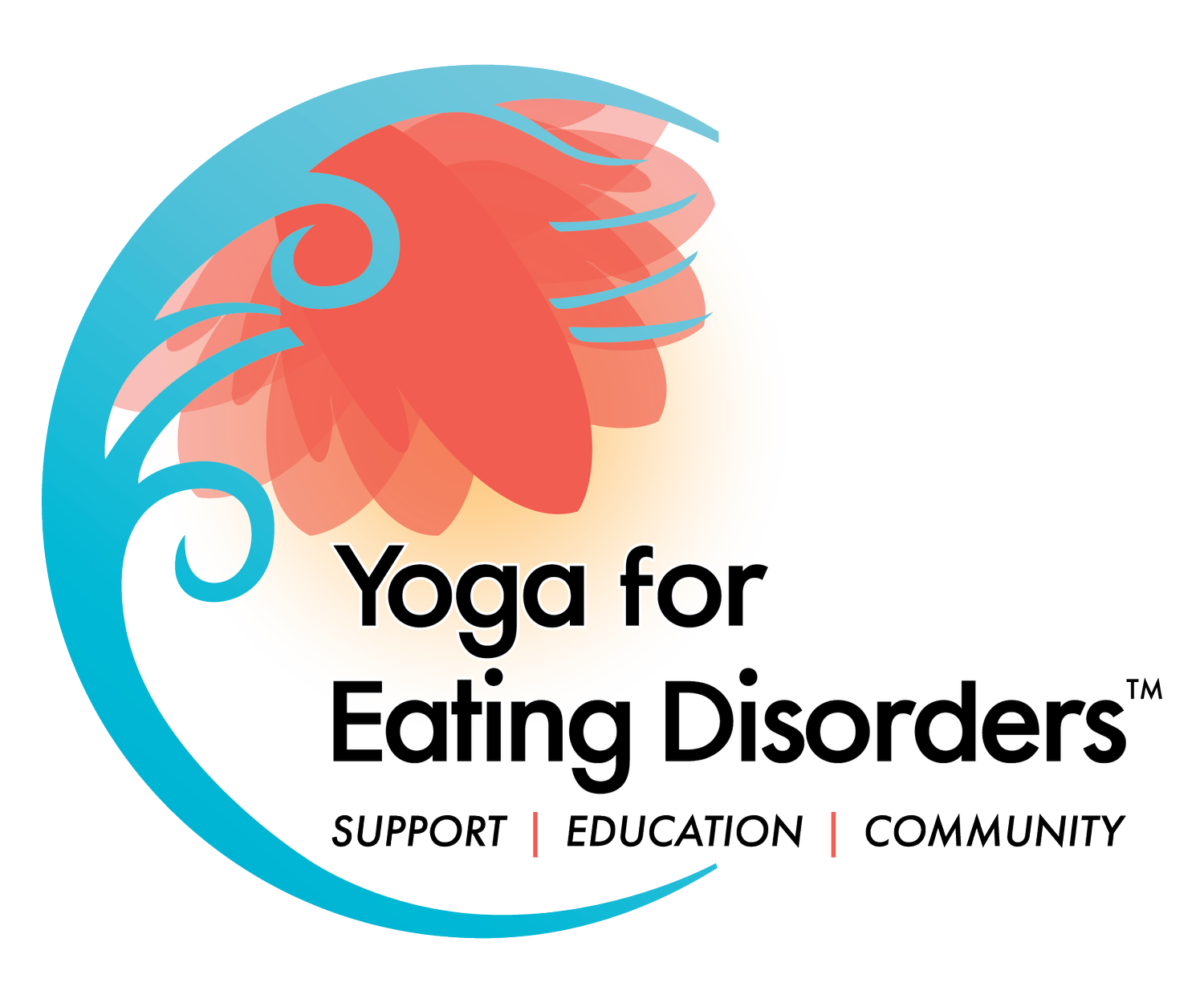My Body Is Safe. I Am Safe. I Am Home.
By Carey Viejou, Guest Contributor
“She’s paranoid.”
There’s a story passed along in my extended family that my sister, in her very young years, replied with this answer when asked a question about me. I was an anxious child, then an anxious teen, an anxious young adult. Now in my 30s, the title of “The Anxious One” has followed me like a shadow, refusing to leave my side. It is an old story that my brain repeats like a mantra: “There is so much to be afraid of.”
Problems with disordered eating started in high school, initially showing up as dull, throbbing abdominal pains. There seemed to be no medical explanation for my complaints, so I learned to cope through restriction. I had a pretend sense of control and autonomy over my aching body. I thought I was keeping myself safe.
As I sit down to write this on the last day of 2023, it is not lost on me: this is the ten-year anniversary of my first hospitalization. That pretend sense of control was actually making me very ill, my body racked with both physical and emotional pain that overwhelmed my ability to keep myself safe. I surrendered.
Another hospitalization in 2014, and I began my journey with recovery. In my late 20s, I began practising yoga. I found it difficult to focus my attention in the beginning. When I focused inward, I mostly felt pain. My brain was busy and scattered.
I took my first yoga teacher training in 2022/23. I had no clue what I was getting myself into. Early on, my cohort read a book by Deborah Adele called The Yamas and Niyamas: Exploring Yoga’s Ethical Practice. The foundational yama, ahimsa, translates to nonviolence or non-harming. Adele writes, “our ability to be nonviolent to others is directly related to ourability to be nonviolent within ourselves.” (22). I began to understand that my disordered eating habits were a form of harm that lived deep in my psyche. I always thought that my disordered eating was keeping me safe. But I was left feeling so unsafe, so threatened in my body. My 200-hour teacher training helped me regain that feeling of safety, a step in my recovery that I didn’t know I was looking for.
After I graduated from my 200-hour training, I started training in Trauma Informed Practice. I have discovered that others also don’t feel safe in their bodies. It’s an effect of trauma. I now hope to lead other folks to this discovery, that our bodies are an anchor, a home, a refuge. I know now that the process towards that realization is so slow, like a river gently etching away at the rocks it flows over.
For me, recovery has looked so different from day to day. Practicing ahimsa to me means acknowledging hunger and fullness cues. Those pangs are not simply pain; they are signals from my body asking me to respond to her. Even becoming aware of those sensations is an effort. Once there is awareness, I can work on a gentle and kind response to my body’s request. This is self-compassion: acknowledging that this feeling is so hard to sit with, so uncomfortable. But the feeling is also temporary, and I can take skillful action to the best of my ability to move through discomfort. I can connect to my breath, noticing that very life-giving force within me and not giving into the feeling of powerlessness.
If I embrace ahimsa, the philosophy of non-harming, and seek to live firmly in that core value, I hope my brain and my body will sink into that deep peace and contentment that comes with alignment. I think I will find purpose in that place, an enduring, seep-into-the-bones rest.
My body is safe. I am safe. I am home.
Carey Viejou (she/her) is a trauma informed yoga facilitator living in Alberta, Canada. She is passionate about bringing inclusive, accessible yoga to her community through deep dives into yin yoga and yoga philosophy. She loves paddle boarding, family time and knitting projects. She is a daytime barista and is constantly on the search for great pour-over coffee.


